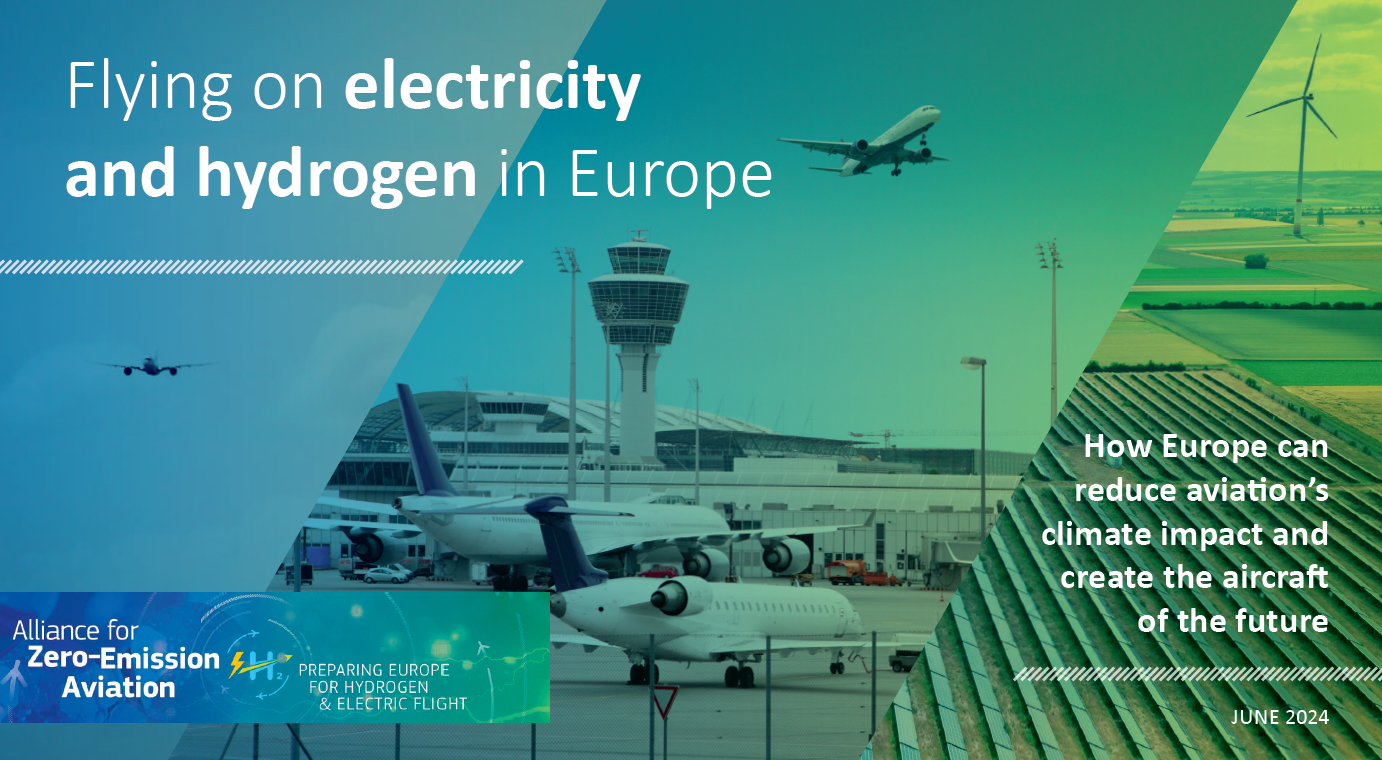
The Alliance for Zero Emission Aviation (AZEA) has published its report in answer to the question “How Europe can reduce aviation’s climate impact and create the aircraft of the future?”
The Alliance for Zero-Emission Aviation says the purpose of the report is to outline its members’ views on the benefits and challenges of deploying electric and hydrogen-powered flights in Europe, with the aim of rallying the aviation ecosystem around a common vision and informing policymakers and the general public.
“The Alliance for Zero-Emission Aviation is a voluntary initiative that prepares the European aviation ecosystem for the transition to electric and hydrogen propulsion, in line with the objectives of the European Green Deal” according to the report’s introduction.
“Novel propulsion technologies will enable aircraft to operate with in-flight zero carbon emissions and have the potential to significantly reduce aviation’s non-carbon effects. These aircraft could abate up to 43 megatonnes (Mt) of CO2 annually on intra-European routes by 2050, reducing intra European aviation emissions by a third by 2050, and could reduce aviation’s total warming impact by much more.
“Electric and hydrogen propulsion are a unique opportunity to keep Europe at the forefront of aviation’s technology. By winning the global race to develop zero-carbon flight, Europe will strengthen its role as innovation incubator and global manufacturer. It will also open up new possibilities for sustainable regional air mobility in Europe.
“Achieving this outcome is only possible if coordination starts today between elements of the aviation ecosystem and EU/national policymakers, to ensure that targeted investments are made, and the right policies are laid out to remove obstacles and incentivise the industry to adapt.”
For more information
(Image: AZEA)

